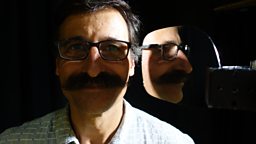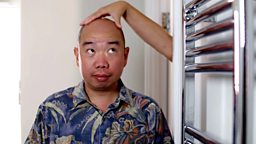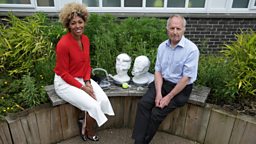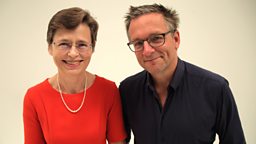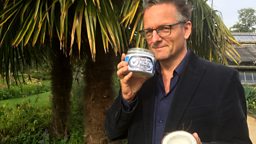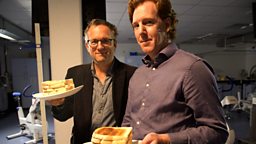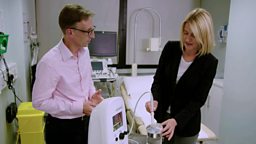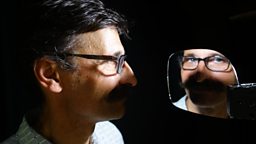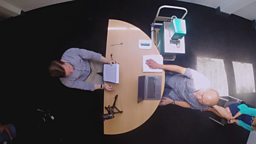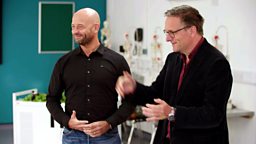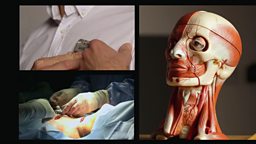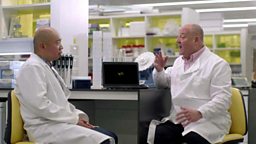Why are health headlines so confusing and how can you know which to trust?
When it comes to health matters, we often see conflicting and contradictory reports in the media. So are scientists changing their minds all the time or are journalists getting it wrong? And how do we know which reports to trust?
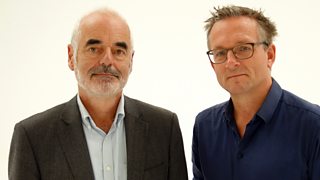
Trust Me lined up two experts from different disciplines to discuss it.
First, Professor Sir David Spiegelhalter from the University of Cambridge. He is a professor of statistics and regularly criticizes the press for the way health news is reported.
He believes that the journalists themselves are rarely to blame for poor reporting. However, there is a long chain from the original scientific study to the final published article, and at any stage of this chain distortions can creep in.
Typically, original research might be summarised by a university press officer, who will word a press release in such a way as to generate interest in the story. It might then be picked up by a journalist, who will write an article, again with the intention of maximising interest. After this, a sub-editor might give the article a headline designed to grab readers’ attention or attract clicks online. In Prof Spiegelhalter’s opinion, the headlines are frequently the most misleading part of the article.
Common sources of distortion are:
- Reporting research that has been carried out in animals, with no mention that it has not been studied in humans or that the results may have no relevance to humans.
- Reporting a correlation (such as an association between being wealthy and a higher rate of brain tumours) as a causation (‘going to university gives you a brain tumour’).
- Not distinguishing between relative and absolute risk. A lifestyle choice, food or drug may increase or decrease the risk of developing a disease. While it may result in a significant change relative to the pre-existing risk (for example “food X increases the risk of disease Y by 50%”), the absolute risk may still be small (“food X increases the risk of disease Y from 1 in 100, to 2 in 100”).
Prof Spiegelhalter urges the public to complain about inaccurate or misleading articles through social media, which has the power to shame those responsible into better practices.
Next is Chris Smyth, who is Health Editor for The Times and specialises in writing medical news.
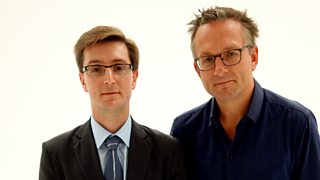
He defends headline writing as an extremely challenging discipline. The headline needs to advertise in a few short words roughly what the article is about. He feels there is no practical way a headline can tell the reader everything they need to know about the story, while grabbing attention and making sense to a person flicking quickly through a paper or a webpage. He believes nobody should rely on the headline alone, but should read the whole article to understand the issue better.
He feels that one of the roles of the health journalist is to hold science to account. Large sums of public money are spent on clinical research and he believes scrutiny is essential to ensure good practice.
In the private sector, he points out that drug companies often fund trials to test their own drugs. This presents a difficult issue for journalists, because without funding from drug companies, many medicines would never reach the pharmacists’ shelves. However, the companies have a vested interest in demonstrating that the drugs works effectively, and so journalists have a duty to interrogate the science. He feels this is a dilemma that affects doctors as well as journalists.
In summary, the medical stories you read in the newspapers are the product of a long chain of events which begin with the scientists and end with the headline writers. It is perhaps rare that someone gets the science completely wrong or, worse, sets out to mislead, but the same evidence can be slanted in different ways. At any point, from the scientists, medical companies and university press officers to the journalists and sub-editors, someone can add their own spin on the story.
So when you read a health story:
- Read the full article, not just the headline.
- Look out for whether the research has been carried out in humans or only animals.
- Watch out for any claims of causation, when only an association has been shown.
- When it comes to figures claiming an increase or decrease in risk, are the probabilities in the article relative or absolute?
- Find out if the research is funded by a company with a vested interest in a particular research outcome.
- Ask yourself if the claims in the article sound plausible, because usually, the more extraordinary the claim, the more evidence is needed to support it.



